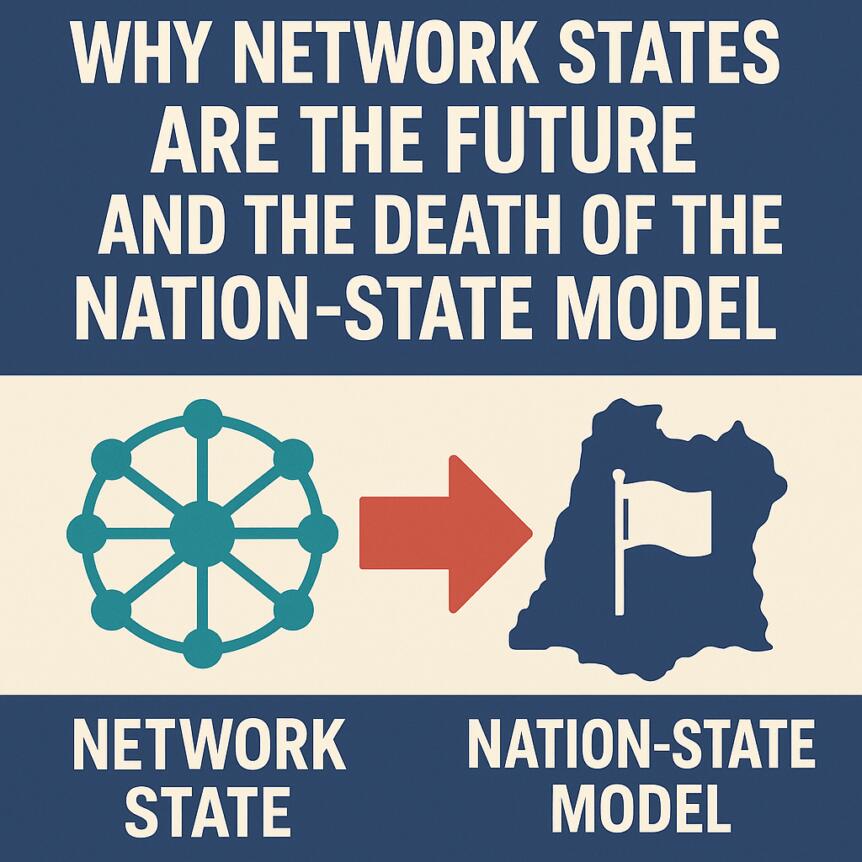Swiss Banks Complete First Tokenized Deposit Payment on Public Blockchain
Swiss banks complete first cross-bank tokenized deposit payment on public blockchain, marking a major step forward in digital finance innovation.
Swiss banks have achieved a major milestone in digital finance. UBS, PostFinance, and Sygnum Bank have completed the first binding payment using tokenized bank deposits on a public blockchain. This event was in a joint feasibility study, according to a report by Reuters. The study shows that the banks are able to transfer and settle digital deposit tokens from one institution to another using blockchain technology.
Sygnum and Partners Prove Tokenized Deposit Interoperability
To explain further, tokenized deposits are nothing but traditional bank deposits made into digital tokens. These tokens are usable on the blockchain in the same way as digital cash. During the pilot, these tokens were able to be sent between banks by clients. This means that a customer from one bank would be able to send money to another customer at another bank using blockchain.
Importantly, this is not like other projects in the market. For example, JPMorgan also uses tokenized deposits but they can only be used within JPMorgan’s own system. By contrast, the Swiss solution makes it possible for tokens to move from one bank to another. As Sygnum’s co-founder, Manuel Krieger, said, “Our tokenized deposits can be used in different banks, which is something that was not there yet.”
Related Reading: Chainlink, UBS, and DigiFT Launch Tokenized Fund Pilot | Live Bitcoin News
Moreover, two main use cases were trialled in the project. First, it was the testing of interbank payments. Second, it was used to implement an escrow mechanism for settling tokenized asset transactions. Both tests were successful. They demonstrated that the technology exists and the legal construct can underpin it.
From a technical point of view, the system was secure, efficient and compliant. However, there are still some challenges to solve. One very challenging issue is scalability. Current public blockchains are not able to cope with the large number of transactions that would result if every bank adopted this system. Therefore, to increase capacity, improvements must be made in the future.
Tokenized Payments Recognized as Legal Transfers in Swiss Study
Another technological challenge is interoperability. Different banks may use different platforms, so it is important to make sure they can communicate and exchange tokens easily. Without this, the cross-bank payments may be delayed or erroneous.
On the legal side, the results are also good. The tokenised payments in the study were considered to be legal payment instructions. This means that they are subject to the same legal rules as regular bank transfers. Switzerland has demonstrated strong support of a combination of innovation and regulation. The country is developing new models of blockchain governance. These include access control systems, management of smart contracts, and clear cooperation between the banks and the regulators.
In conclusion, this pilot project is an indication of a giant step forward for blockchain in traditional banking. The ability to send digital deposits from one bank to another on a public blockchain allows for new possibilities. Although there are still some technical and legal hurdles to overcome, this project demonstrates that it is possible to make real payments via blockchain in the real world. With this developed further, this could become a new standard for the global banking system.
También te puede interesar

Google's AP2 protocol has been released. Does encrypted AI still have a chance?

Blockchain May Foster Network States Amid Eroding Nation-State Model
